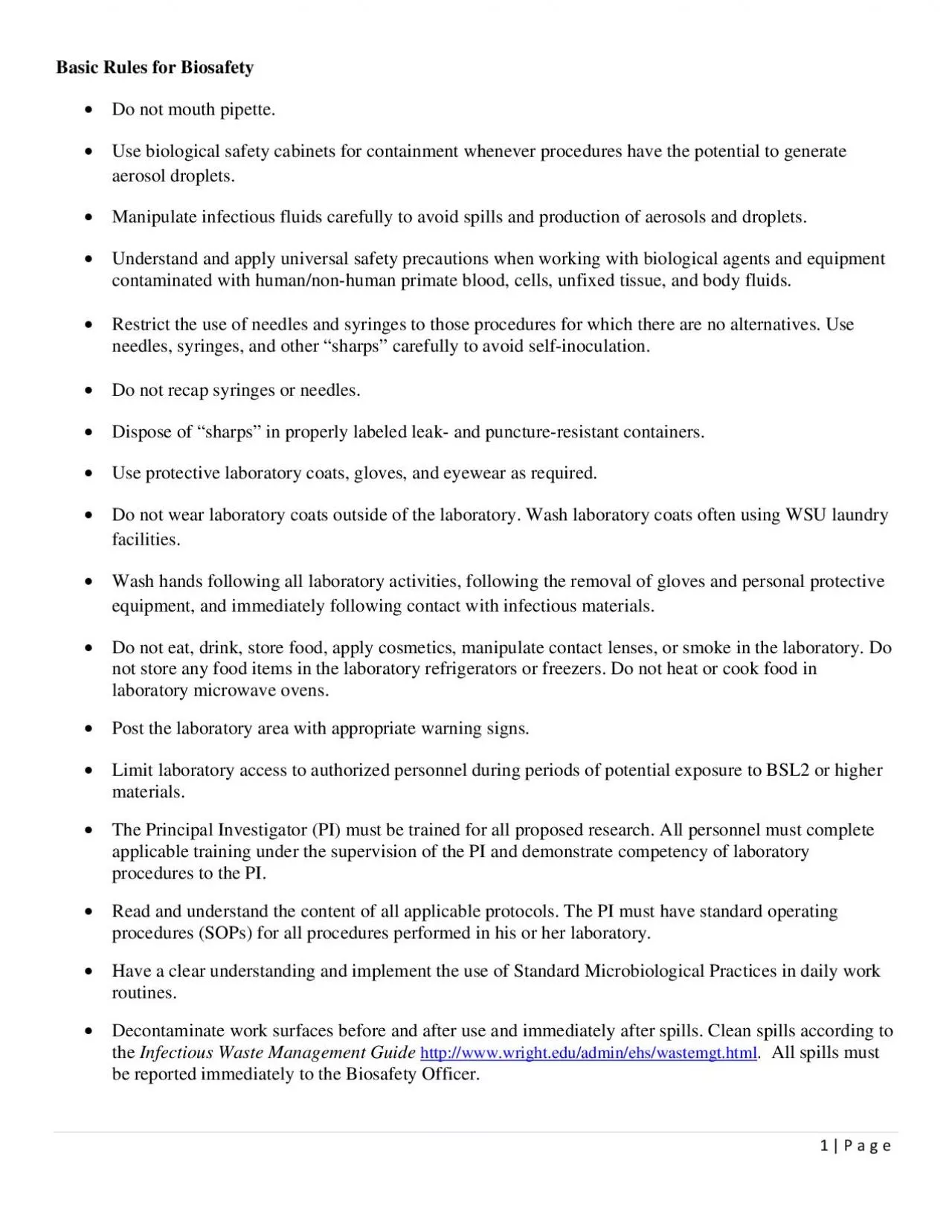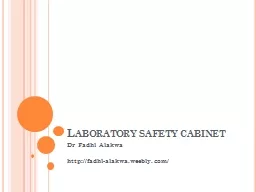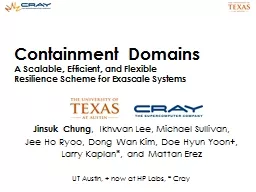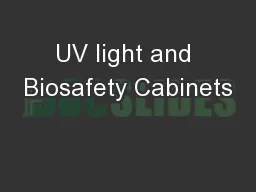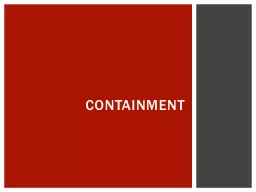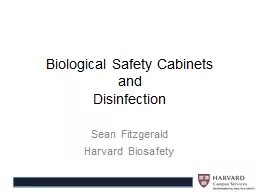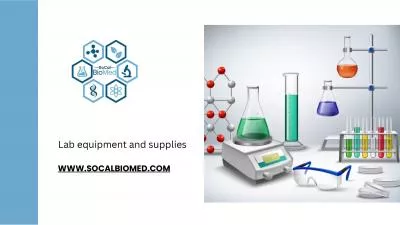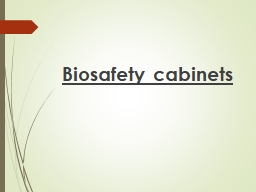PDF-Do not mouth pipette Use biological safety cabinets for containment
Author : mila-milly | Published Date : 2022-08-16
1 All spills must 2 Dispose of generated biohazard waste in an approved manner as described in the Infectious Waste httpwwwwrighteduadminehswastemgthtml ory safety
Presentation Embed Code
Download Presentation
Download Presentation The PPT/PDF document "Do not mouth pipette Use biological saf..." is the property of its rightful owner. Permission is granted to download and print the materials on this website for personal, non-commercial use only, and to display it on your personal computer provided you do not modify the materials and that you retain all copyright notices contained in the materials. By downloading content from our website, you accept the terms of this agreement.
Do not mouth pipette Use biological safety cabinets for containment: Transcript
Download Rules Of Document
"Do not mouth pipette Use biological safety cabinets for containment"The content belongs to its owner. You may download and print it for personal use, without modification, and keep all copyright notices. By downloading, you agree to these terms.
Related Documents

